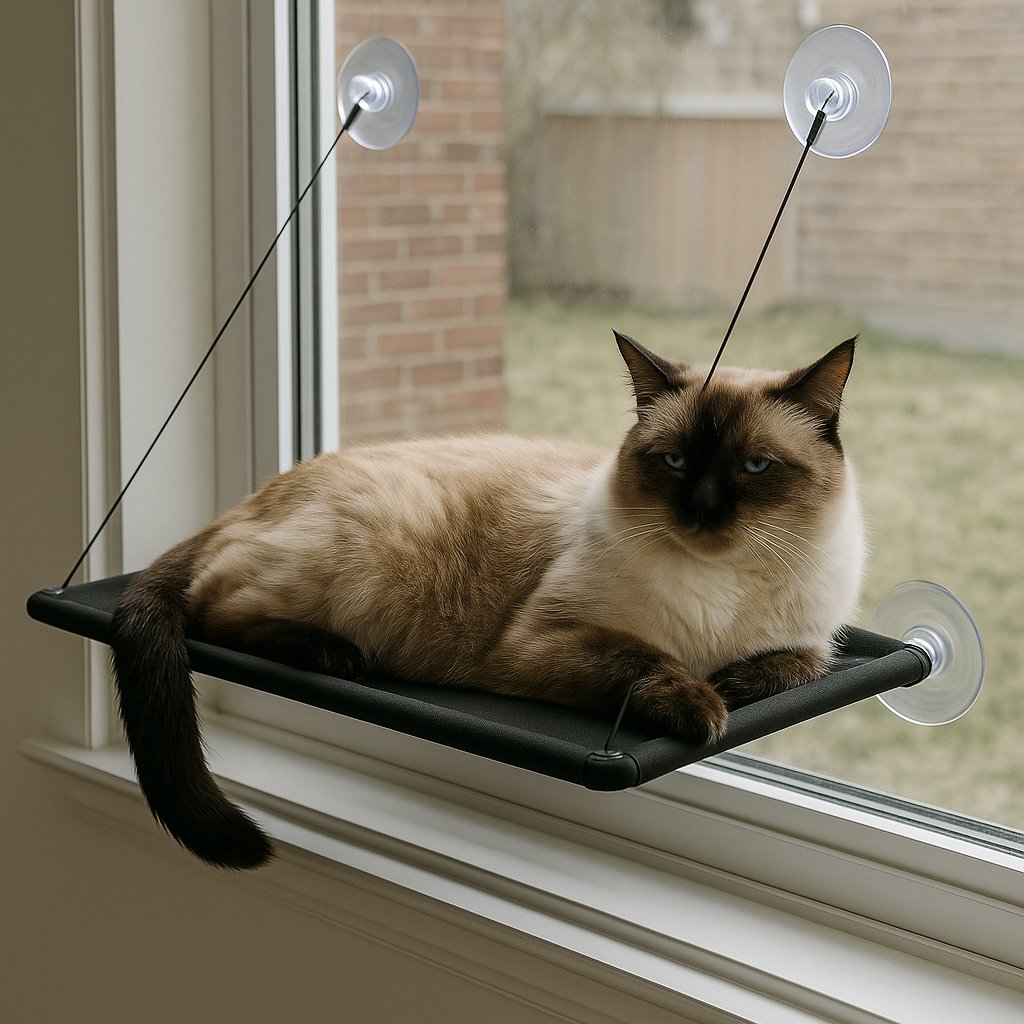Cat Hearing in 2025: Vet-Approved Guide to Feline Ears & Sound 🐱👂

In this article
Cat Hearing in 2025: Vet-Approved Guide to Feline Ears & Sound 🐱👂
By Dr. Duncan Houston BVSc
Cats are renowned for their agility and keen senses, and their hearing is no exception. In fact, a cat’s sense of hearing is among the most acute of all mammals.
🎵 How Cats Hear
Cats can detect sounds ranging from 48 Hz to 85,000 Hz, compared to humans who typically hear between 20 Hz and 20,000 Hz. This means cats can pick up extremely high-pitched noises that are completely inaudible to humans, including ultrasonic sounds made by small prey like rodents or insects.
Their ears are equipped with 30 muscles each, allowing them to rotate independently up to 180 degrees. This remarkable mobility lets cats pinpoint the exact location of a sound, even from a distance, which is a crucial skill for hunting and staying aware of their environment.
👂 Why Cats Have Such Sharp Hearing
Cats evolved as solitary hunters. Detecting subtle noises in the environment gave them a survival advantage:
-
Locating prey: High-frequency sounds from rodents and insects are easily heard by cats.
-
Detecting danger: They can hear approaching predators or unfamiliar animals from afar.
-
Communication: Cats also use their hearing to respond to the calls of other cats, including vocal cues from their kittens.
🏠 What This Means for Cat Owners
Understanding your cat’s sensitive hearing can help improve their comfort at home:
-
Avoid loud or sudden noises: Cats can be startled by sounds we barely notice. Household appliances, vacuum cleaners, and loud music may stress them.
-
Create quiet resting spots: Give your cat a safe, calm space to retreat from noise.
-
Interactive toys with sound: Toys that squeak or make soft noises can stimulate their natural hunting instincts.
-
Communication: Speak softly or use high-pitched tones to get your cat’s attention—they can detect nuances we might miss.
🐾 In Summary
A cat’s hearing is extraordinarily sensitive and versatile, allowing them to detect sounds far beyond human capabilities. Their movable ears and wide frequency range help them hunt, communicate, and navigate the world with precision. By understanding this sense, cat owners can provide a quieter, more stimulating, and enriching environment for their feline friends.








